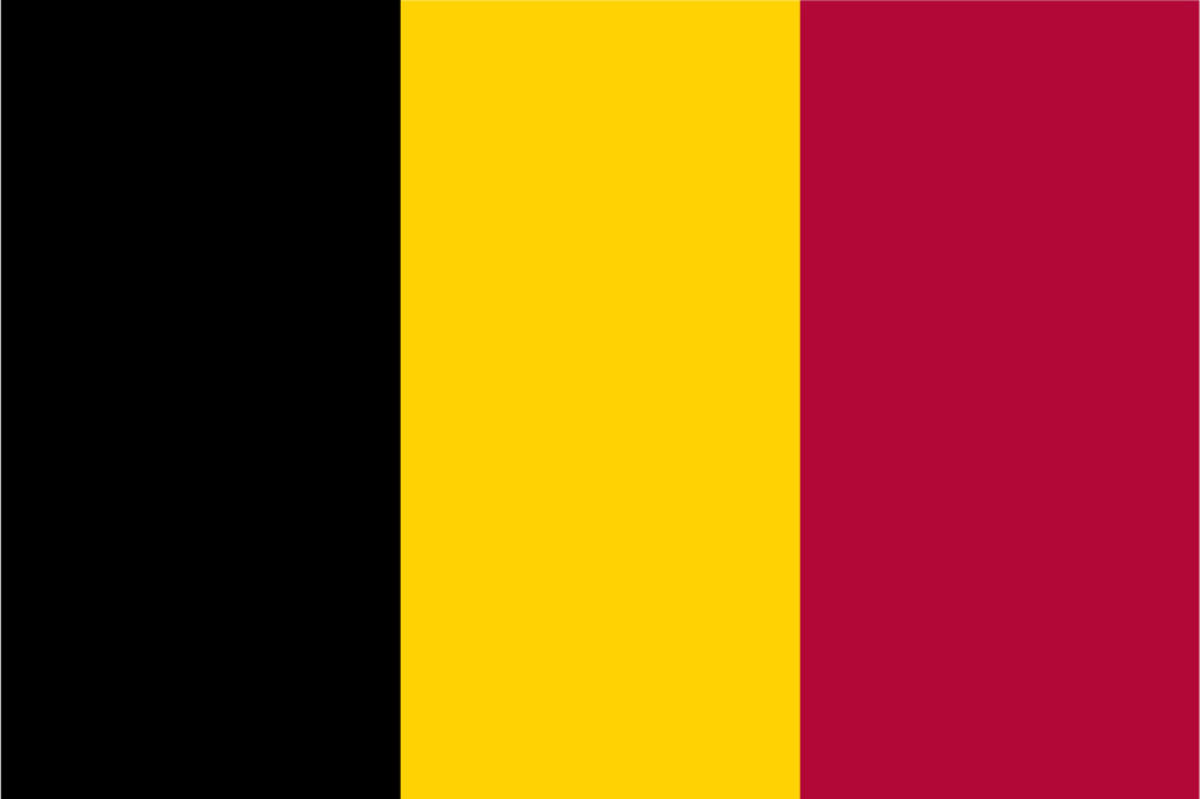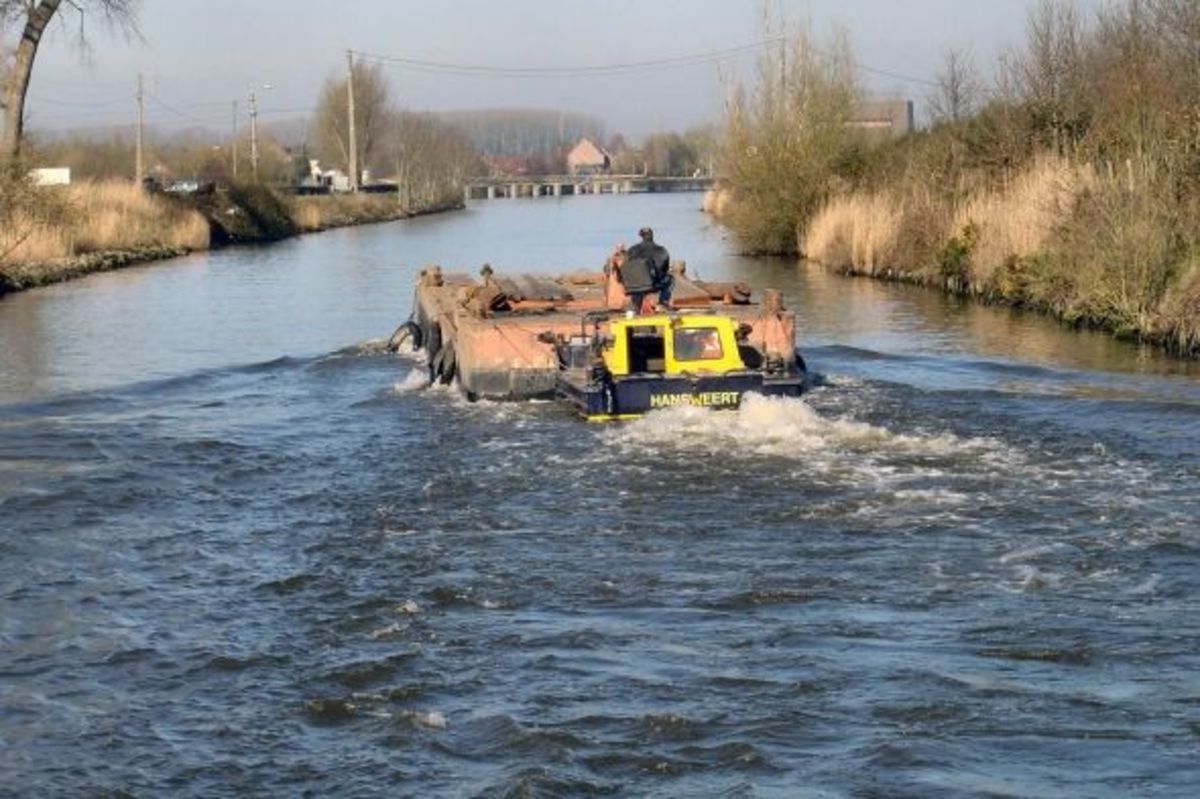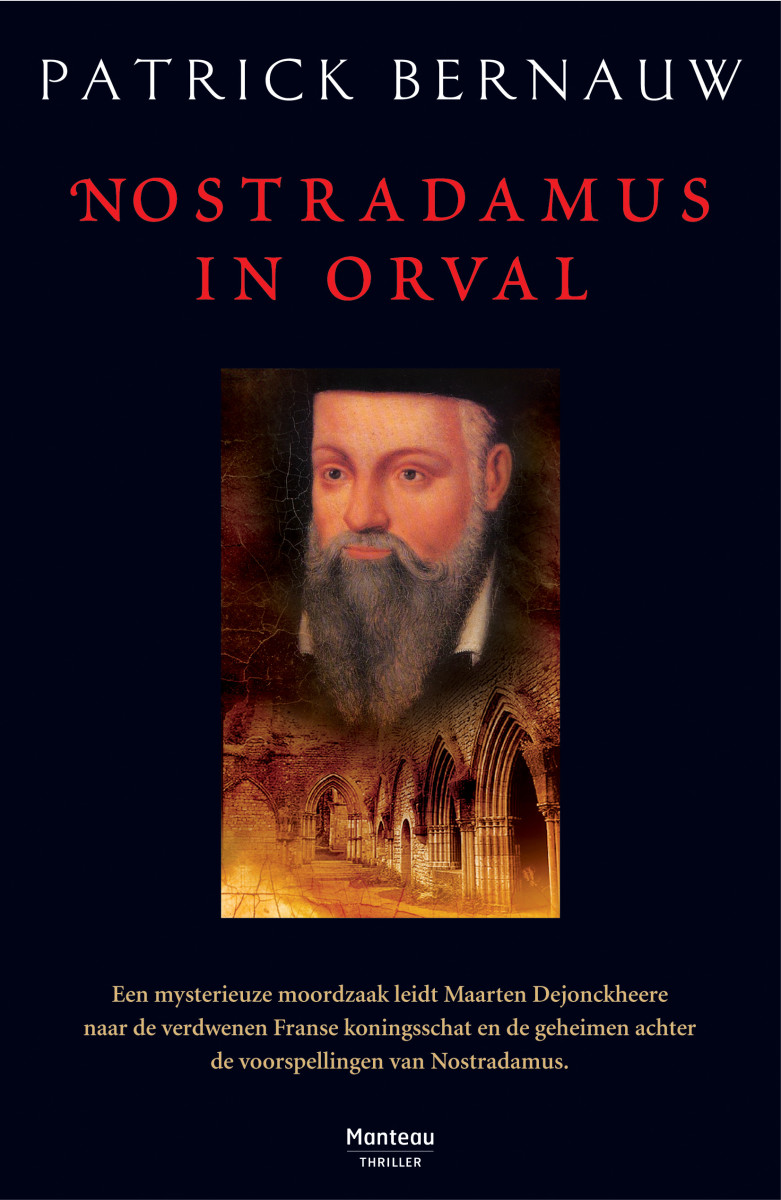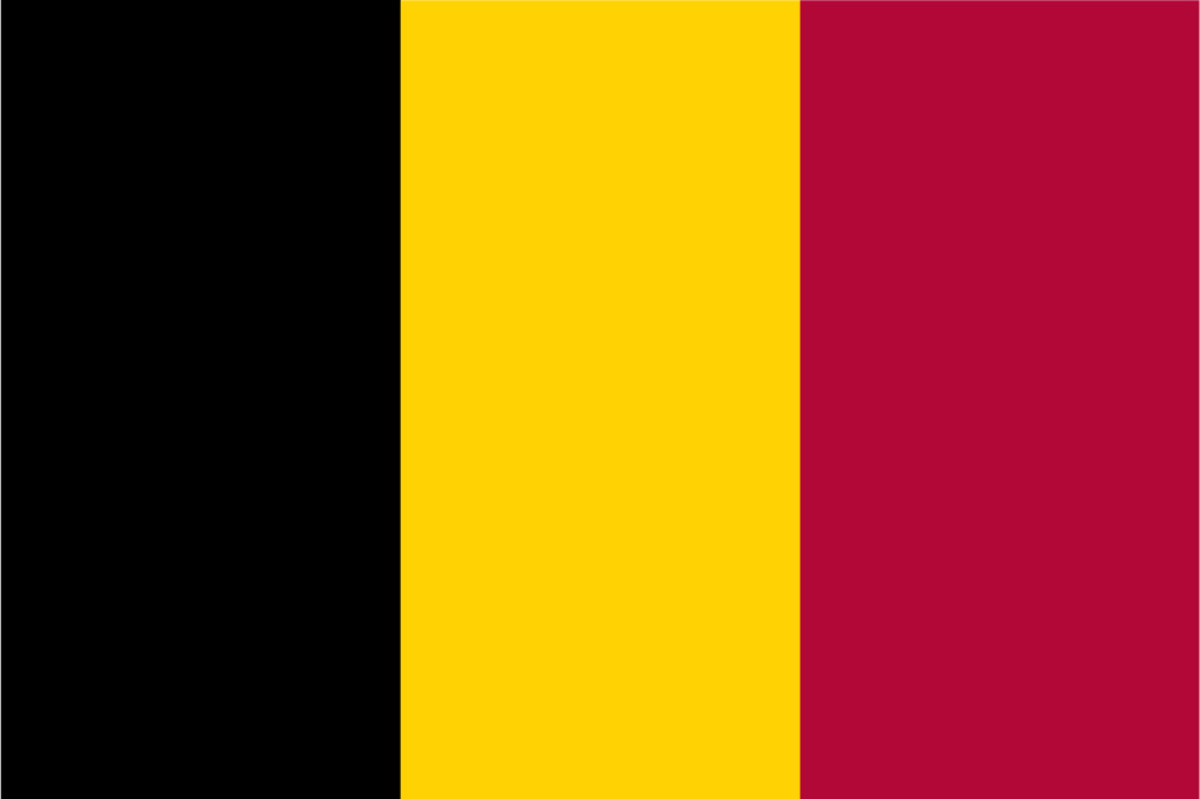Visiting Liège, Belgium and its Perron steps: powerful, local symbol since the Middle Ages




Featured on the city's arms
This striking structure has been a noted symbol since the Middle Ages in Liège, situated to the east of the Walloon region, Belgium.
This structure, known as the Perron steps, once belonged to the Prince-Bishops of Liège, who used the steps for important announcements.
In Medieval times, Liège was governed by Prince-Bishops, at the time a not so unusual combination of ecclesiastical and secular powers, although this seems very strange to North Americans. The ornate-looking steps were used for various purposes: proclamations and significant announcements. In the 14th century, the City of Liège took over responsibility for the Perron steps and this continues to this day.
Thus, the structure has become a powerful, local symbol. For centuries, the Perron steps have been pictured in the arms of the city (see right).
It is thus interesting to note that many of the great cities of Belgium, such as Liège, predate by many centuries the existence of the Kingdom of Belgium as an independent country.
Near the Perron steps are other historic structures: the City Hall (French: Hôtel de ville ) and the Prince-Bishops' Palace (French: Palais des Princes- Evèques ) .
What started as a symbol of the Prince-Bishops' authority, ended as a representation of that of the city and of the freedoms of its citizens.
Not that the tension, in one way or another, had ceased even in more recent years. When John-Paul II visited Liège, the Governor of Liège province, now lodged in the former Prince-Bishops' Palace, near to the Perron steps, refused to let John-Paul address his followers from the balcony of the building. (Nothing new about ecclesiastical-secular disputes in Belgium... .)
The Perron steps are situated at place du Marché , in the city of Liège.
Also worth seeing
In Liège , other visitor attractions include considerable examples of ecclesiastical architecture; the former Prince-Bishops' Palace; the former central post office building; the Cointe basilica; the University's main building at place du 20 août ; the Fragnée Bridge; the Zénobe Gramme Monument; the Bueren Mountain; and others.
...
How to get there: Brussels Airlines flies from New York (JFK) to Brussels Airport, where car hire is available (distance from Brussels Airport to Liège : 94 kilometres). The Belgian railroad company SNCB maintains a service from Brussels to Liège . Some facilities may be withdrawn, without notice. Please check with the airline or your travel agent for up to date information. You are advised to refer to appropriate consular sources for any special border crossing arrangements which may apply to citizens of certain nationalities.
MJFenn is an independent travel writer based in Ontario, Canada.
Other of my hubpages may also be of interest
- Visiting the Royal St. Hubert Galleries, Brussels, Belgium: a quality shopping arcade dating from 18
- Visiting Brussels, Belgium and its Halle Gate: imposing, Medieval fortified entrance to the city
- Visiting Brussels, Belgium: remembering the first Belgian flags, dating from 1830
- Visiting Dinant, Belgium: amazing, ecclesiastical architecture on the Meuse River
- Visiting Lieler: multiple identities in a village of the Grand Duchy of Luxembourg, where three coun








